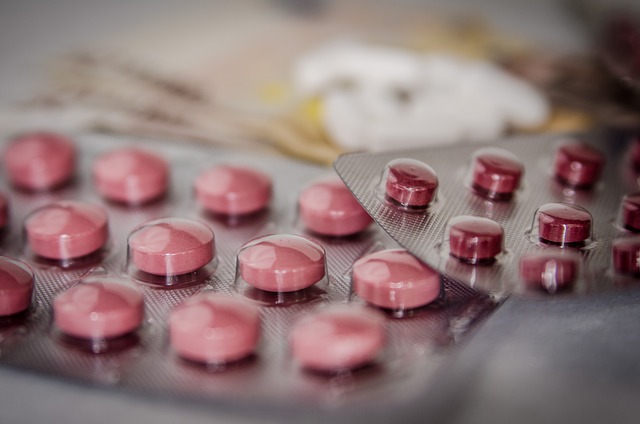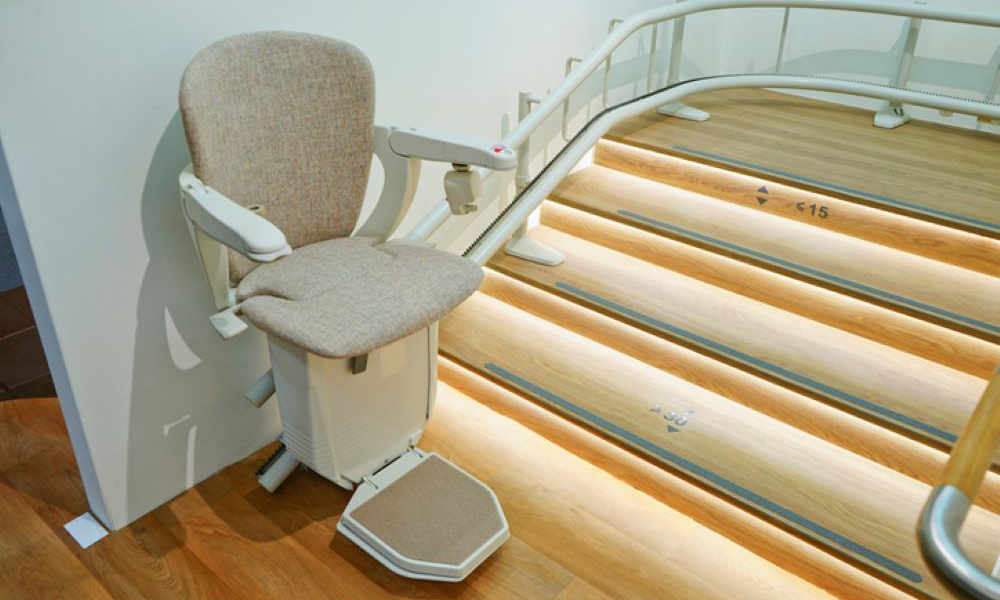Explore the laser skin resurfacing options available in United States
United States residents can explore the benefits of laser skin resurfacing, a non-surgical method designed to revitalize skin tone and texture. This innovative treatment is designed to improve the appearance of the skin with minimal recovery time, making it a practical option for those seeking a refreshed look. Sessions are typically quick, allowing for convenient scheduling.

The landscape of aesthetic dermatology in the United States has evolved significantly, with laser skin resurfacing emerging as a powerful tool for addressing multiple skin conditions. Whether you are dealing with sun damage, age spots, scarring, or simply seeking a more youthful appearance, laser treatments provide targeted solutions that work beneath the skin’s surface to stimulate natural healing and rejuvenation processes.
How does laser skin resurfacing work?
Laser skin resurfacing operates on the principle of controlled skin injury to promote regeneration. The procedure uses concentrated beams of light energy to remove damaged outer layers of skin while simultaneously heating the underlying layers to encourage collagen production. There are two primary categories: ablative lasers, which remove thin layers of skin, and non-ablative lasers, which work beneath the surface without removing skin layers. Ablative treatments like CO2 and Erbium lasers are more intensive and typically require longer recovery periods but deliver dramatic results for deeper wrinkles and significant scarring. Non-ablative options such as fractional lasers cause less damage to surrounding tissue, resulting in shorter downtime while still improving skin texture and tone. The laser’s wavelength, pulse duration, and energy level are carefully calibrated based on your skin type, condition being treated, and desired outcome. During treatment, the laser creates microscopic columns of thermal damage that trigger the body’s natural wound-healing response, replacing old damaged skin with fresh, healthy tissue over the following weeks and months.
What are the advantages of professional laser treatments?
Professional laser treatments offer numerous benefits that extend beyond simple cosmetic improvement. One significant advantage is precision—dermatologists and trained practitioners can target specific problem areas without affecting surrounding healthy tissue, making treatments safer and more effective. Professional settings ensure proper equipment maintenance, appropriate laser selection for your skin type, and adherence to safety protocols that minimize risks of complications such as burns, scarring, or hyperpigmentation. Additionally, professional providers conduct thorough consultations to assess your medical history, current medications, and skin condition to create customized treatment plans. The expertise of trained professionals allows for accurate adjustment of laser settings during the procedure, optimizing results while protecting your skin. Professional treatments also provide access to the latest technology and techniques, including combination therapies that may incorporate multiple laser types or complementary procedures for enhanced outcomes. Post-treatment care and follow-up appointments ensure proper healing and allow for adjustments to your treatment plan as needed. Perhaps most importantly, professional oversight significantly reduces the risk of adverse effects that can occur with at-home devices or unqualified practitioners.
How to select reliable suppliers for laser treatments?
Selecting a trustworthy provider for laser skin resurfacing requires careful research and consideration of several key factors. Start by verifying credentials—ensure that the practitioner is a board-certified dermatologist, plastic surgeon, or licensed medical professional with specific training in laser procedures. Check the facility’s accreditation and confirm that they use FDA-approved laser systems from reputable manufacturers. Reading patient reviews and testimonials can provide insight into others’ experiences, but look for detailed accounts rather than brief ratings. Schedule consultations with multiple providers to compare their approach, communication style, and willingness to answer questions thoroughly. During consultations, ask about the specific laser technology they use, their experience with your particular skin concern, typical results, potential risks, and realistic expectations. A reliable provider will conduct a comprehensive skin assessment, discuss your medical history, and may perform a patch test to evaluate your skin’s response. Inquire about the practitioner’s complication rates and how they handle adverse reactions. Examine before-and-after photos of previous patients with similar skin types and concerns. Pay attention to the facility’s cleanliness, staff professionalism, and whether you feel comfortable and respected. Be wary of providers who guarantee specific results, pressure you into immediate decisions, or offer prices that seem unusually low compared to market rates. Transparent pricing, clear treatment protocols, and comprehensive aftercare instructions are hallmarks of reputable providers.
Understanding costs and provider options
The cost of laser skin resurfacing in the United States varies considerably based on treatment type, geographic location, provider expertise, and the extent of the area being treated. Ablative laser treatments typically range from 1,500 to 5,000 dollars per session for full-face procedures, while non-ablative or fractional treatments may cost between 700 and 2,500 dollars per session. Many patients require multiple sessions to achieve optimal results, which should be factored into your budget planning. Major metropolitan areas such as New York, Los Angeles, and Miami tend to have higher pricing compared to smaller cities or rural areas.
| Provider Type | Treatment Options | Typical Cost Range |
|---|---|---|
| Dermatology Clinics | Fractional CO2, Erbium, IPL | 1,200 - 4,000 dollars per session |
| Medical Spas | Non-ablative fractional, Light resurfacing | 700 - 2,500 dollars per session |
| Plastic Surgery Centers | Ablative CO2, Deep resurfacing | 2,000 - 5,000 dollars per session |
| Academic Medical Centers | Advanced laser systems, Clinical trials | 1,500 - 4,500 dollars per session |
Prices, rates, or cost estimates mentioned in this article are based on the latest available information but may change over time. Independent research is advised before making financial decisions.
Recovery and results expectations
Recovery time and visible results depend largely on the type of laser treatment you receive. Ablative procedures typically require one to two weeks of downtime, during which the skin may appear red, swollen, and crusty as it heals. Non-ablative treatments usually involve minimal downtime, with redness and mild swelling subsiding within a few days. Following post-treatment instructions is crucial for optimal healing and includes keeping the treated area clean, applying prescribed ointments, avoiding sun exposure, and staying hydrated. Initial improvements may be visible within a week, but full results typically develop over three to six months as collagen remodeling continues. Most patients notice smoother texture, reduced fine lines, improved tone, and diminished scarring. Maintaining results requires proper skincare, sun protection, and potentially periodic maintenance treatments. Understanding realistic expectations and committing to the recovery process ensures satisfaction with your laser resurfacing experience.
This article is for informational purposes only and should not be considered medical advice. Please consult a qualified healthcare professional for personalized guidance and treatment.




